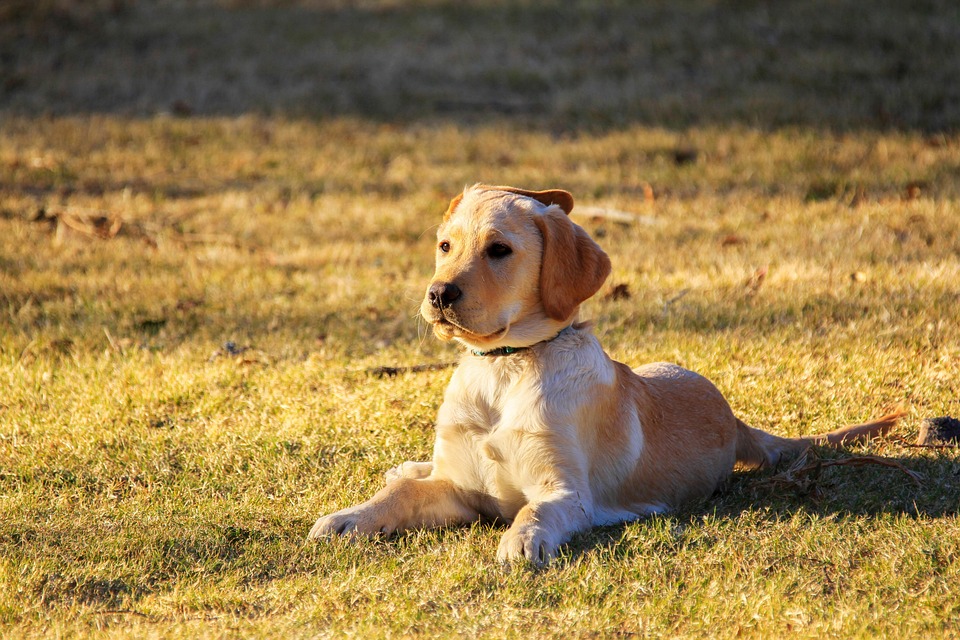
Introduction
Visiting a dog park is a delightful experience for both dogs and their owners. It offers a safe space for dogs to play, socialize, and exercise, while owners can enjoy the camaraderie of fellow dog enthusiasts. However, to ensure a pleasant experience for everyone, it’s essential to abide by certain etiquette guidelines. This article delves into the key aspects of dog park etiquette, helping you and your furry friend make the most out of your visits.
Understanding Dog Park Rules
Every dog park has its own set of rules designed to maintain order and safety. Familiarizing yourself with these rules is the first step in mastering dog park etiquette. Common rules include leash requirements, vaccination protocols, and prohibited behaviors.
Leash Requirements
Many parks require dogs to be leashed until they are within the designated off-leash area. It’s crucial to respect this rule to prevent accidents or altercations as you enter or exit the park.
Vaccination Protocols
Ensuring your dog is up-to-date on vaccinations is vital for their health and the safety of other dogs. Most parks require proof of current vaccinations, including rabies and distemper.
Prohibited Behaviors
Certain behaviors, such as aggressive play or excessive barking, may be prohibited. Understanding these restrictions can help you manage your dog’s behavior more effectively.
Preparing for the Park Visit
Preparation is key to a successful dog park visit. This involves gathering the necessary supplies and understanding your dog’s behavior.
Essential Supplies
Bring essentials like water, poop bags, and a leash. A collapsible water bowl can also be handy to keep your dog hydrated. Always clean up after your dog to maintain a pleasant environment for everyone.
Understanding Your Dog’s Behavior
Know your dog’s temperament and social skills. If your dog is shy or reactive, it might be best to visit the park during quieter times. Conversely, if your dog is boisterous, ensure they know basic commands like “come” and “stay.”
Entering and Exiting the Park
The entrance and exit of a dog park can often be chaotic, so it’s essential to manage these transitions smoothly.
Entering the Park
Ensure your dog is calm before entering. If needed, walk them around outside the park to expend some energy. Once inside, unleash your dog promptly to prevent any tension with leashed dogs.
Exiting the Park
When leaving, secure your dog’s leash before exiting the gate. This prevents them from running into the parking lot or other dangerous areas.
Monitoring Your Dog’s Interactions
Once inside the park, it’s crucial to keep an eye on your dog’s interactions to ensure they are safe and appropriate.
Recognizing Play vs. Aggression
Understanding the difference between playful behavior and aggression is vital. Play often includes relaxed bodies, wagging tails, and bouncy movements. In contrast, aggression can involve stiff postures, growling, and baring teeth.
Intervening When Necessary
If a play session turns rough or your dog seems uncomfortable, intervene promptly. Redirect their attention with toys or lead them to a quieter area.
Respecting Other Park Users
Respect is a cornerstone of dog park etiquette. This involves being considerate of both dogs and their owners.
Giving Space
Not every dog enjoys close interactions. Respect personal space, especially for new or nervous dogs.
Avoiding Interruptions
If a dog is training or playing fetch with their owner, avoid interrupting their session. Wait until they’re finished before approaching.
Handling Conflicts
Despite best efforts, conflicts can arise. Knowing how to handle these situations calmly and effectively is essential.
Remain Calm
If a disagreement occurs, stay calm and avoid raising your voice. Dogs often mirror their owner’s emotions, so remaining composed can help defuse the situation.
Separate Dogs Safely
If dogs are fighting, separate them safely. Avoid grabbing collars, as this can lead to injury. Instead, distract them with loud noises or use a barrier, like a jacket, to separate them.
Dealing with Aggressive Dogs
Encountering an aggressive dog can be daunting. Understanding how to respond can prevent potential injuries.
Identifying Aggression
Signs of aggression include snarling, lunging, and snapping. If you notice these behaviors, maintain a safe distance and alert the owner.
Reporting Problematic Behavior
If an owner is unresponsive to their dog’s aggressive behavior, report it to park authorities. This helps maintain a safe environment for all park users.
Leaving the Park
Leaving the park is as important as entering it. Ensure your departure is smooth and respectful.
Check Your Dog
Before leaving, check your dog for any injuries or ticks. Groom them if necessary to remove any dirt or debris.
Reflect on the Visit
Evaluate the visit. Did your dog enjoy themselves? Were there any issues that need addressing before the next visit? Reflecting helps improve future park experiences.
Conclusion
Mastering dog park etiquette is crucial for a safe and enjoyable visit for everyone involved. By understanding and following these guidelines, you can ensure that you and your furry friend enjoy countless fun and stress-free visits to the park. Remember, the key to a successful dog park experience is respect, preparation, and vigilance. Through these efforts, dog parks can remain a haven for joyful play and socialization.
#ChatGPT assisted in the creation of this article.








